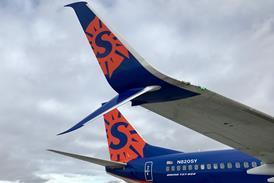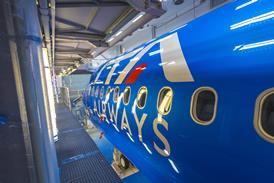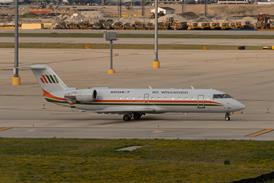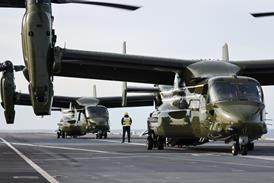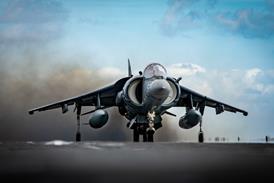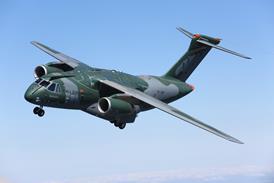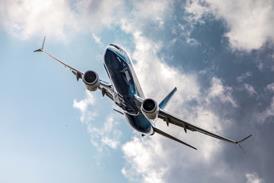A blended wing-body (BWB) aircraft's control surfaces will have to be two to three times larger than those of conventional aircraft to provide the deflective forces needed for manoeuvring, say European researchers.
A conceptual design of a BWB has larger surfaces along the flying wing-like structure's trailing edge, based on the theoretical conclusions of the three-year study carried out as part of the European Union's sixth framework Vela aeronautics research programme.
It will be tested in Dutch and German windtunnels this month following the construction of a 1m (3ft) -wingspan scale model of the BWB concept aircraft.
A researcher at the German Aerospace Centre's (DLR) institute of flight systems in Braunschweig says: "It's easier to generate forces that can turn the standard cigar shape of an aircraft. The problem with BWB is that it's much more difficult to generate those forces [for manoeuvring the aircraft]. The research task has been to find adequate locations for control surfaces."
By the end of this year the researchers expect to have a "sound statement" on what is needed for BWB control surfaces. The windtunnel model they have built is modular and components can be removed or added to test various control surface configurations.
The research has identified a potential need for moving winglets, split ailerons that deflect up and down to act like an airbrake, and canards. These canards would generate forces for yawing moments. Because there is no tail on the aircraft the rudder and elevator are replaced by two large aileron-like surfaces at the rear. An issue yet to be overcome is how to generate the necessary aerodynamic forces to control the aircraft at low speeds.
Researchers are aiming for a final design optimised to give the BWB the same sort of performance, at all speeds, as today's aircraft.
ROB COPPINGER / LONDON
Source: Flight International

